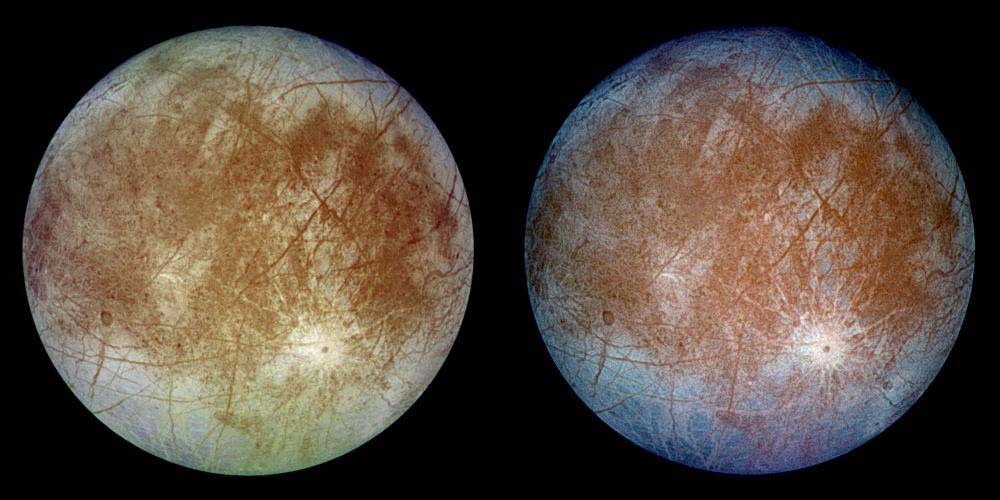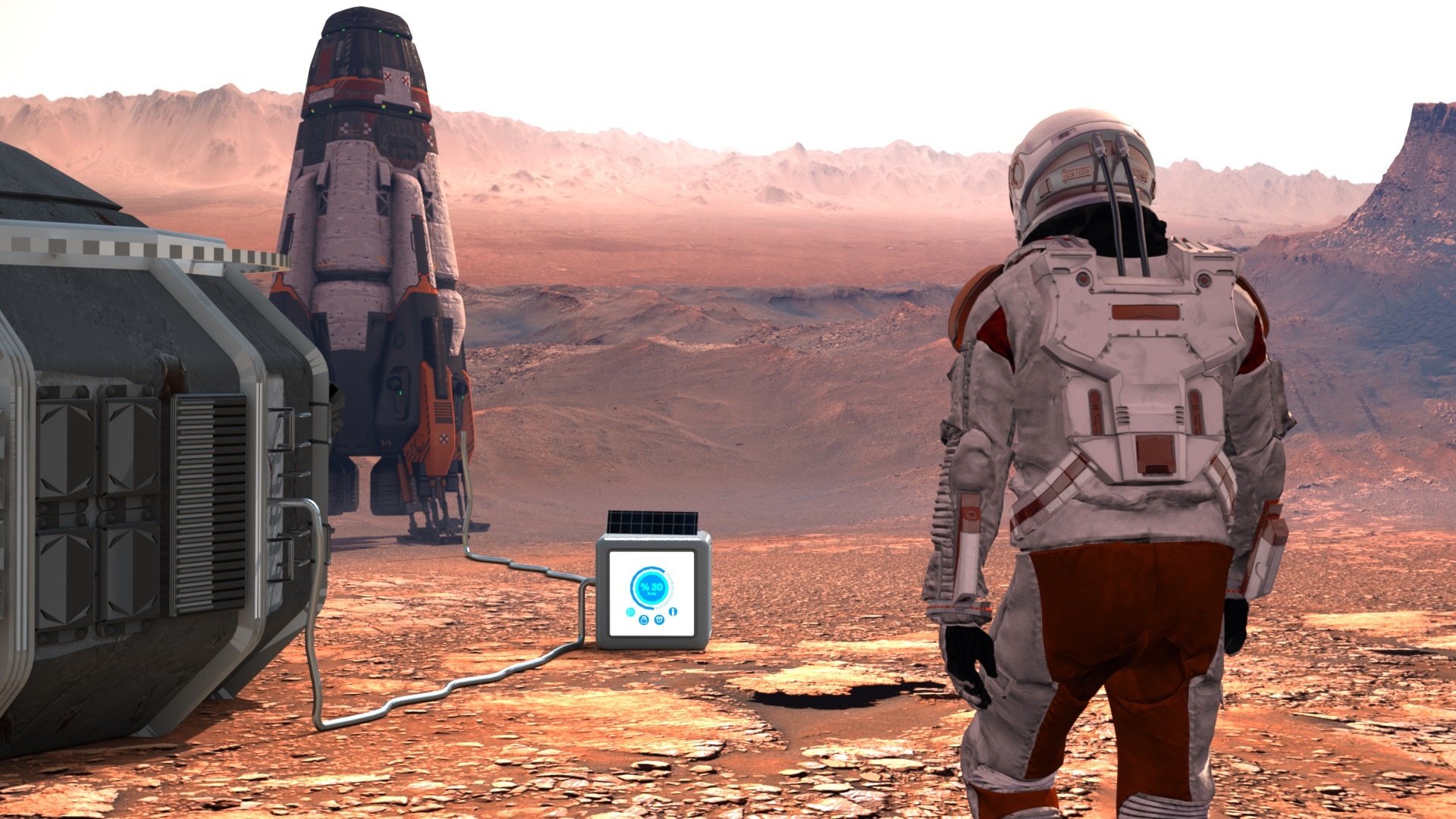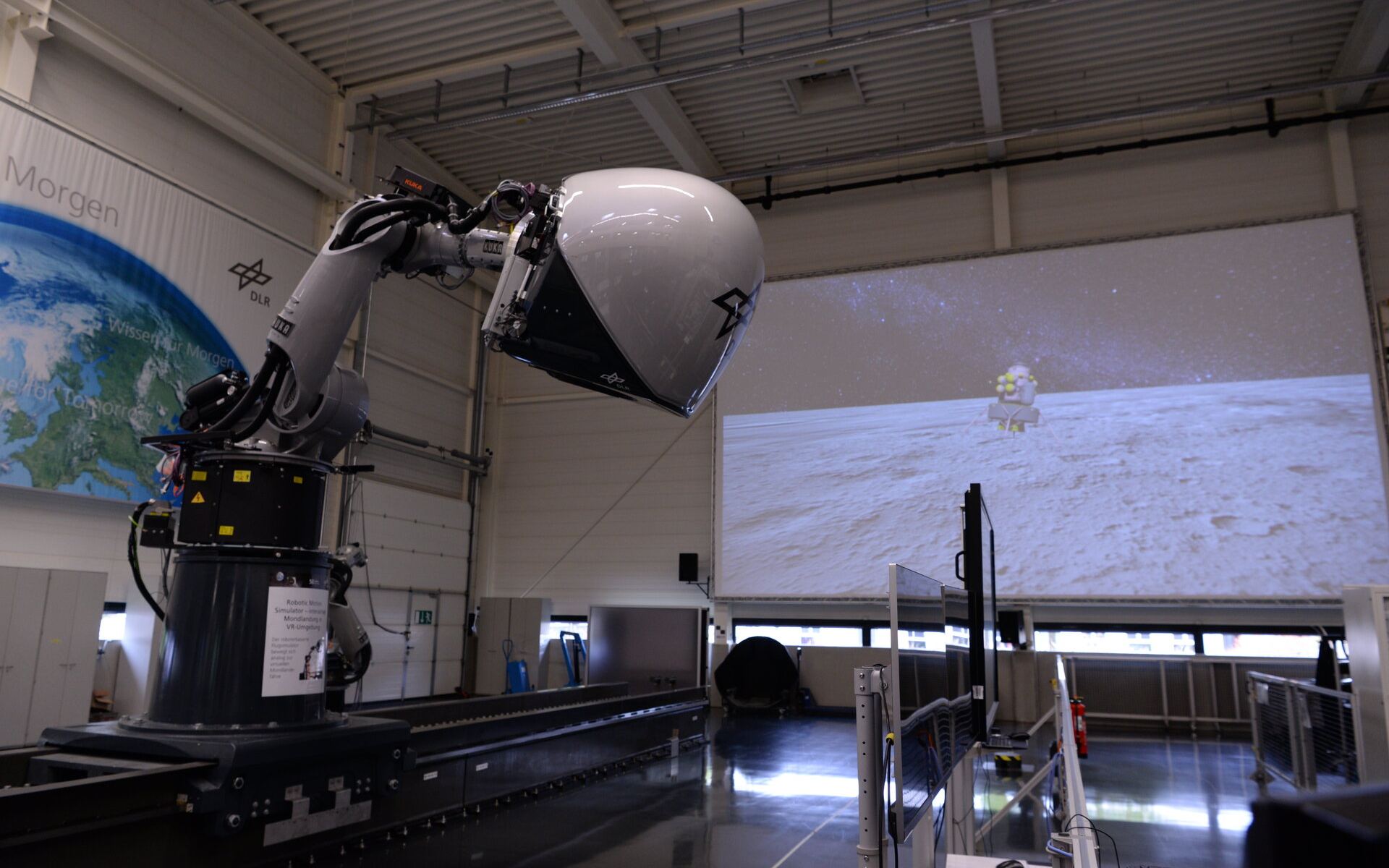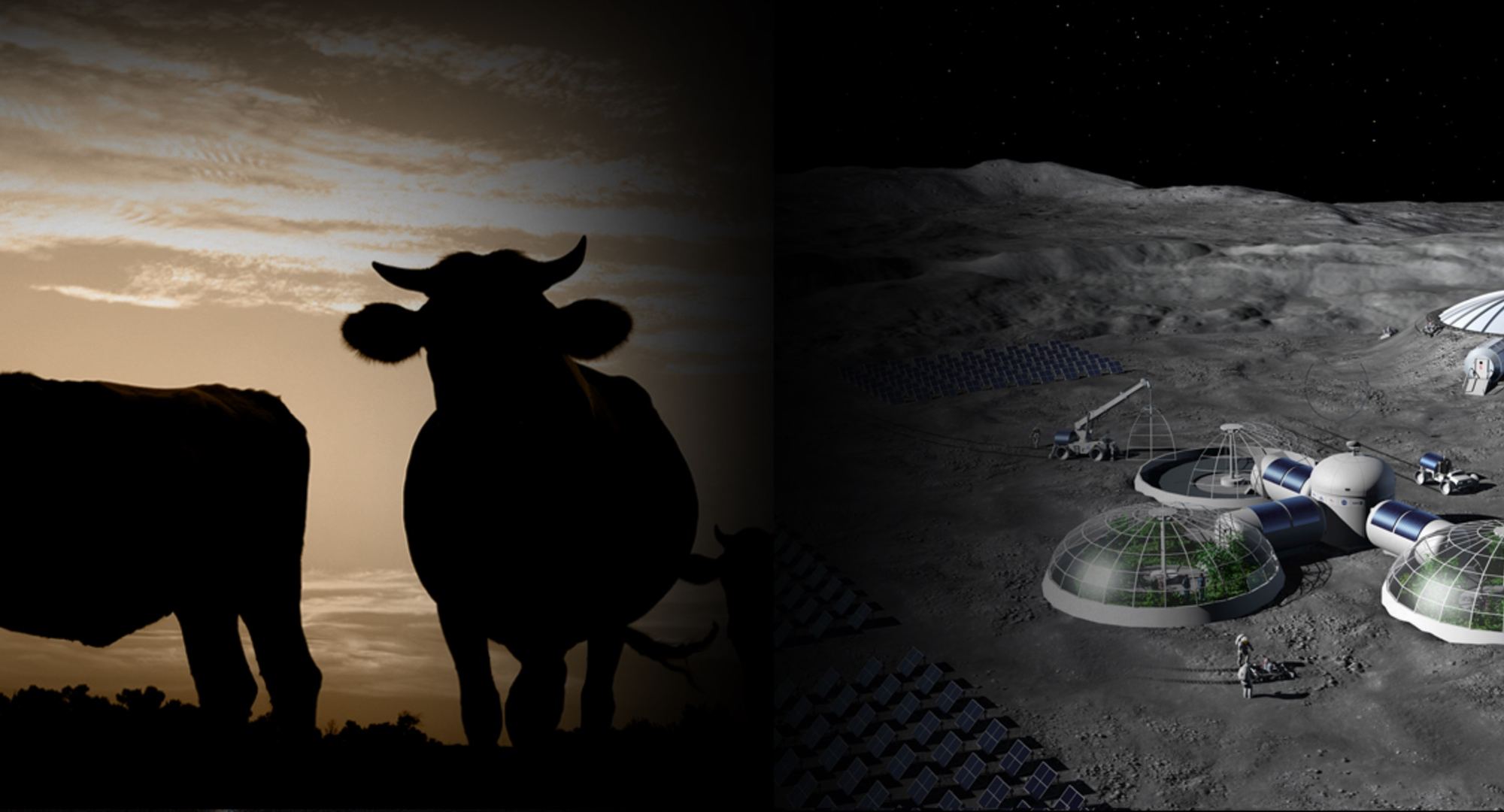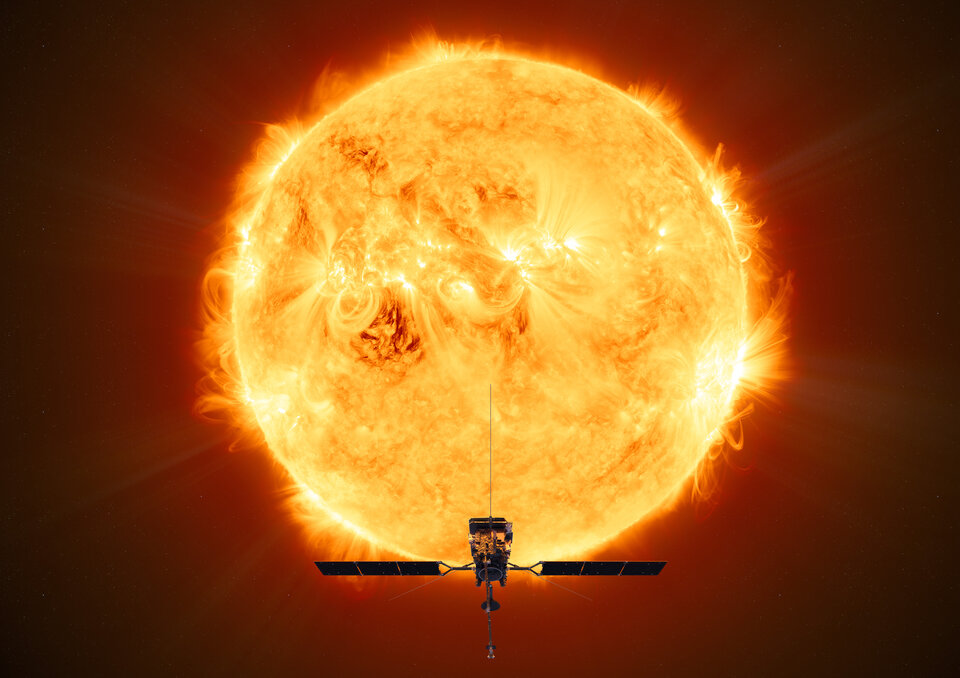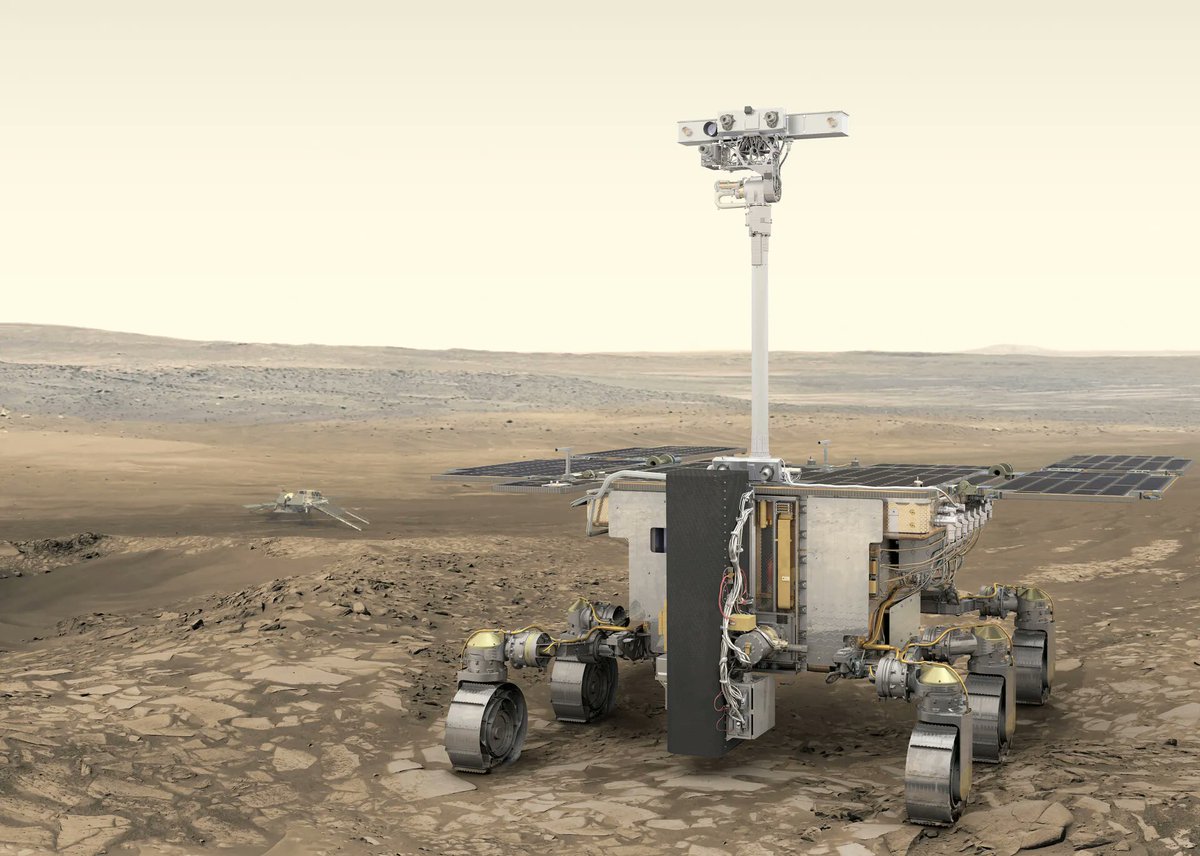Are we alone? Is there life beyond Earth? These are the questions that plague the very essence of science, and in particular, planetary science. Unfortunately, robotic exploration of exoplanetary systems currently remains out of reach due to the literal astronomical distances to get there. For context, our nearest star, Proxima Centauri, is 4.25 light years away, or a mind-blowing 40,208,000,000,000 km (25,000,000,000,000 miles) from Earth. Finding an intelligent civilization might be out of reach for now but searching for any forms of life beyond Earth is very much possible within the confines of our own solar system.
Continue reading “What’s the Right Depth to Search for Life on Icy Worlds?”Five Rover Teams Chosen to Help Explore the Moon’s South Pole

The Moon may seem barren, and it is. However, a certain species of inquisitive primates is still very interested in exploring the Moon, uncovering its secrets and maybe establishing a longer-term presence there. But thirsty primates need water, and there’s only one primary source on the Moon: the frozen water in shadowed craters at the lunar poles.
Continue reading “Five Rover Teams Chosen to Help Explore the Moon’s South Pole”Martian Astronauts Will Create Fuel by Having a Shower
When astronauts begin exploring Mars, they will face numerous challenges. Aside from the time and energy it takes to get there and all the health risks that come with long-duration missions in space, there are also the hazards of the Martian environment itself. These include Mars’ incredibly thin and toxic and toxic atmosphere, the high levels of radiation the planet is exposed to, and the fact that the surface is extremely cold and drier than the driest deserts on Earth.
As a result, missions to Mars will need to leverage local resources to provide all the basic necessities, a process known as In-Situ Resource Utilization (ISRU). Looking to address the need for propellant, a team from the Spanish innovation company Tekniker is developing a system that uses solar power to convert astronaut wastewater into fuel. This technology could be a game-changer for missions to deep space in the coming years, including the Moon, Mars, and beyond!
Continue reading “Martian Astronauts Will Create Fuel by Having a Shower”Because of Extreme Drought, Lake Powell is Barely a Lake Anymore
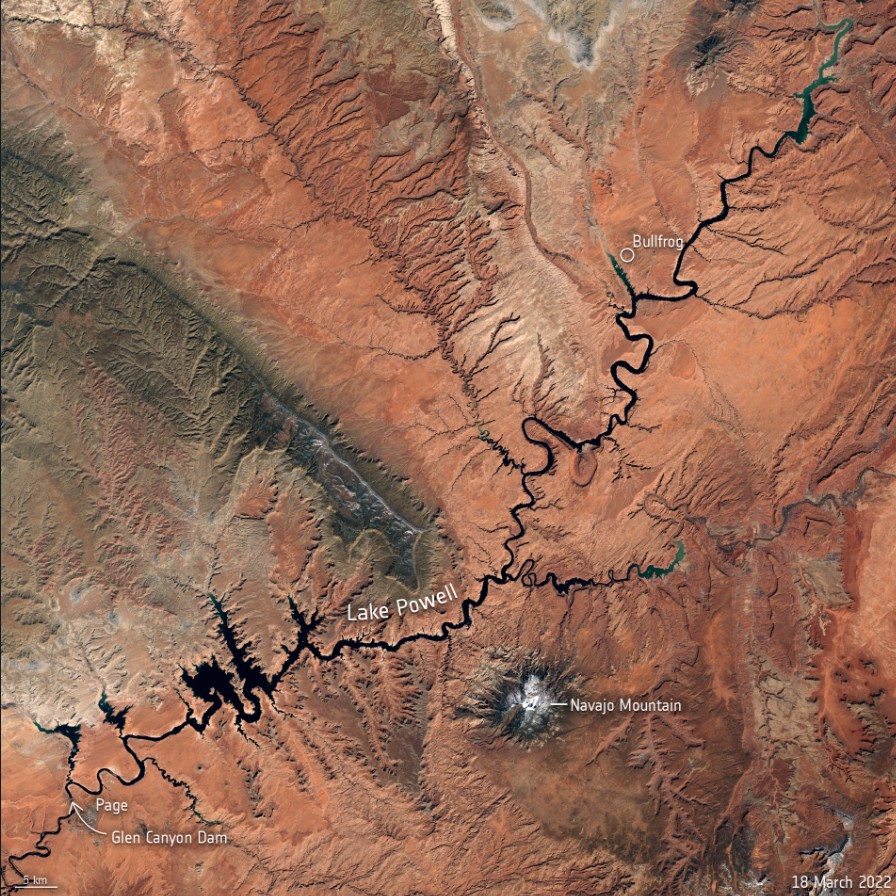
The two largest reservoirs in the United States are now at their lowest levels since they were first created. After several decades of drought – with the past two years classified as intense drought in the US Southwest — both Lake Powell and Lake Mead are shrinking. Recent satellite images show just how dramatic the changes have been, due to the ongoing the climate crisis..
Continue reading “Because of Extreme Drought, Lake Powell is Barely a Lake Anymore”Astronauts are Practicing Landing at the Moon's South Pole
The European Space Agency (ESA) is learning how to touch down safely at the South Pole of the Moon, without ever leaving Earth. Actual Moon landings seem to be on the horizon in the next decade via the Artemis program, and astronauts are going to have to learn to handle the unique challenges of landing in the Moon’s polar environment. With low angle sunlight and deep, permanently shadowed craters, the Moon’s South Pole poses difficulties no Apollo mission ever faced. To get hands-on experience with this environment without risking human life, ESA is putting astronauts through their paces on high-tech simulators.
Continue reading “Astronauts are Practicing Landing at the Moon's South Pole”Cultured Meat Could Keep Astronauts fed in Space
The term “cultured meat” has become a bit of a buzzword for the health food industry. This refers to meat produced in a lab using in vitro cell cultures derived from animal proteins. For many, this “alternative meat” is vital to combatting climate change by removing one of the chief causes of deforestation (making room for cattle ranches) and global warming (bovine methane emissions). For others, it’s an environmentally-friendly way of ensuring food security in an era of climate change.
But what about as a means of feeding astronauts on long-duration missions or living for extended periods beyond Earth? In this case, cultured meat would be a way of fulfilling the dietary needs of astronauts who would otherwise be entirely dependent on vegetable proteins. The possibility is currently being explored by the European Space Agency (ESA) and could be a game-changer for future missions to the Moon, Mars, and beyond!
Continue reading “Cultured Meat Could Keep Astronauts fed in Space”The Milky Way has an Inner Ring, Just Outside the Core
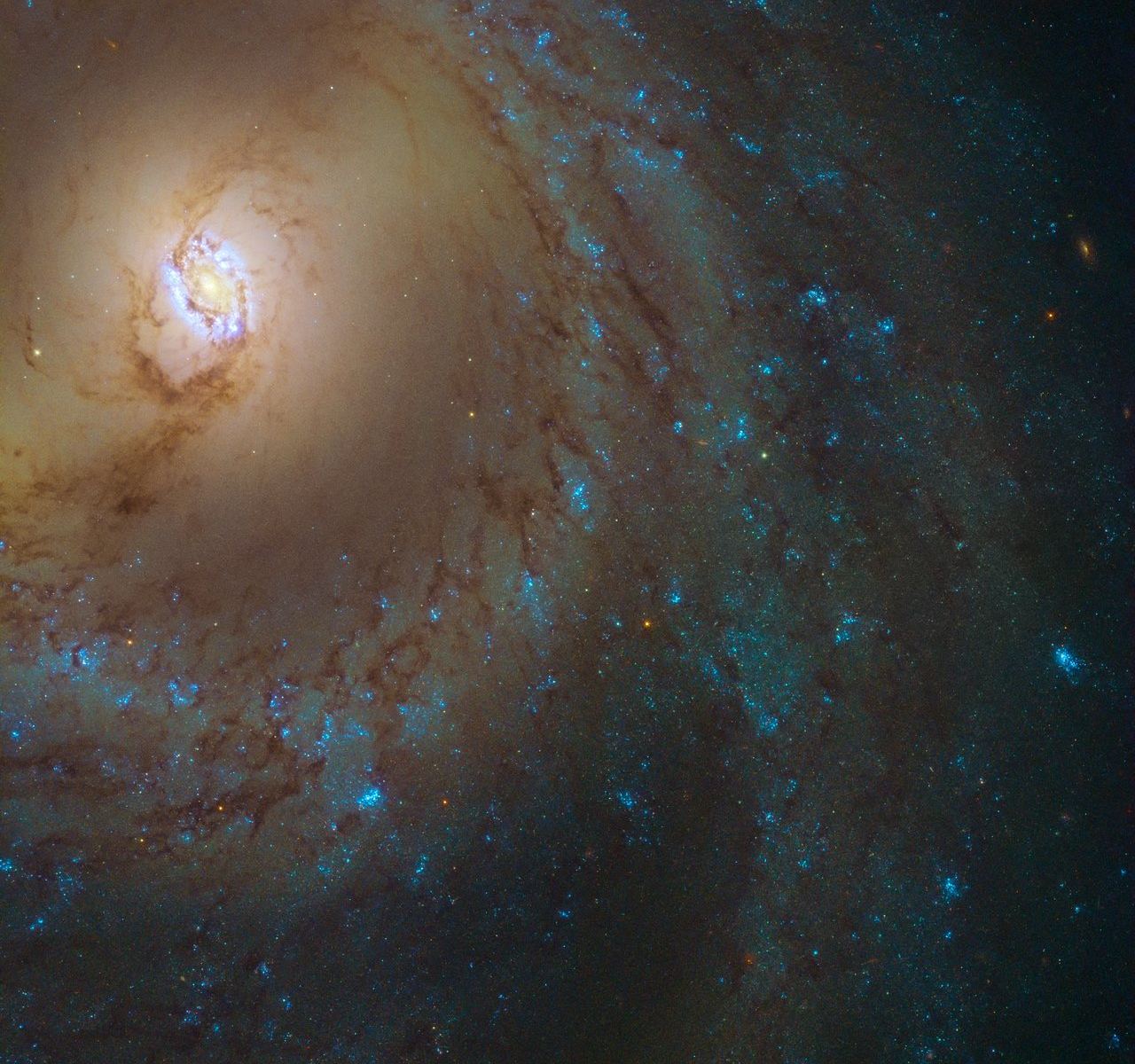
In the past century, astronomers have learned a great deal about the cosmos and our place in it. From discovering that the Universe is in a constant state of expansion to the discovery of the Cosmic Microwave Background (CMB) and the Big Bang cosmological model, our perception of the cosmos has expanded immensely. And yet, many of the most profound astronomical discoveries still occur within our cosmic backyard – the Milky Way Galaxy.
Compared to other galaxies, which astronomers can resolve with relative ease, the structure and size of the Milky Way have been the subject of ongoing discovery. The most recent comes from the Max Planck Institute for Extraterrestrial Physics (MPE), where scientists have found a previously undiscovered inner ring of metal-rich stars just outside the Galactic Bar. The existence of this ring has revealed new insights into star formation in this region of the galaxy during its early history.
Continue reading “The Milky Way has an Inner Ring, Just Outside the Core”The ExoMars Rover is Ready, now it Just Needs a new Ride to Mars
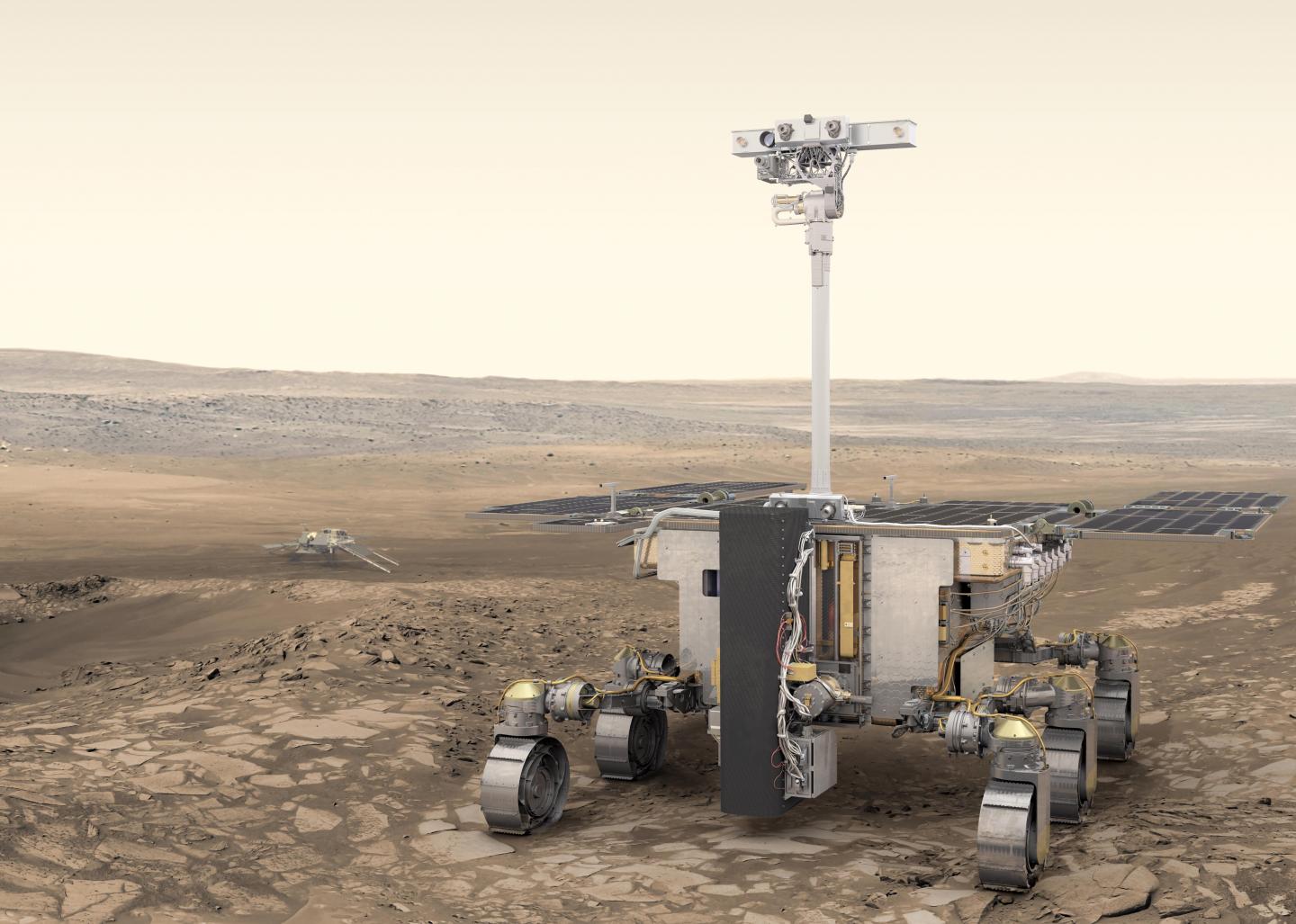
When it arrives on Mars, the ESA’s Rosalind Franklin rover will join a growing fleet of robotic rovers, landers, and orbiters dedicated to searching for life on Mars. As part of the Exomars program, this mission was a collaborative effort between the ESA and the Russian State Space Corporation (Roscosmos). Whereas the ESA would provide the rover, Roscosmos was to provide the launch services and the Kazachok lander that would deliver Rosalind Franklin to the surface.
After many years of development, testing, and some delays, the Rosalind Franklin rover passed its System Qualification and Flight Acceptance Review in March. The Review Board confirmed that the rover was ready to be shipped to the launch site at Baikonur Cosmodrome and would make the launch window opening on September 20th, 2022. Unfortunately, due to the suspension of cooperation with Roscosmos, the ESA’s rover finds itself stranded on Earth for the time being.
Continue reading “The ExoMars Rover is Ready, now it Just Needs a new Ride to Mars”ESA’s Solar Orbiter Takes a Ludicrously High Resolution Image of the Sun
The European Space Agency’s Solar Orbiter snaps an amazing image, en route to its first close pass near the Sun.
You’ve never seen the Sun like this. Earlier this month, the European Space Agency’s Solar Orbiter captured an amazing view of our host star.
The images were snapped on March 7th, as Solar Orbiter passed directly between the Earth and the Sun. There was an explicit reason for this, as the science team wanted to calibrate and compare the images with Earth-based and missions in Earth orbit, to include the Inouye solar observatory, NASA’s Solar Dynamics Observatory and the joint ESA/NASA Solar Heliospheric Observatory (SOHO), located at the Lagrange (L1) Sun-Earth point.
Continue reading “ESA’s Solar Orbiter Takes a Ludicrously High Resolution Image of the Sun”ExoMars is Suspended. ESA is Looking for new Solutions to Replace Russian Components
Coordination between countries in space exploration is widespread. However, sometimes that coordination falls apart. In most cases, that failure is due to budgetary constraints. But in more recent times, it is due to geopolitical ones. Specifically, western space agencies have begun to cut ties with Roscosmos, the Russian space agency, on every program excluding the International Space Station, which is still operating normally. One of those project casualties is the timeline of the oft-delayed Exomars rover, Rosalind Franklin.
Continue reading “ExoMars is Suspended. ESA is Looking for new Solutions to Replace Russian Components”
